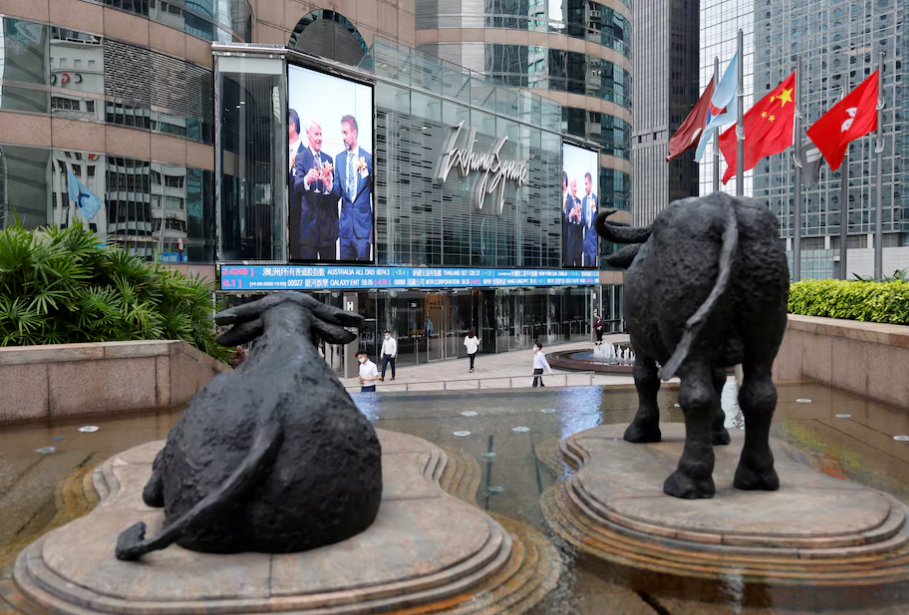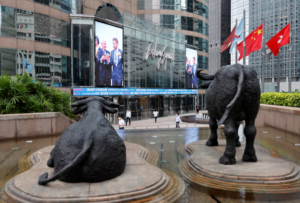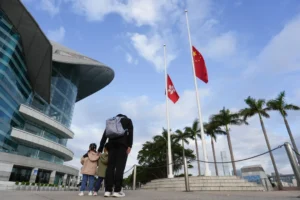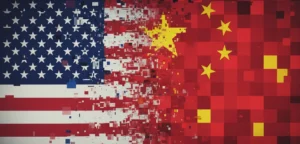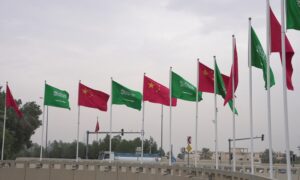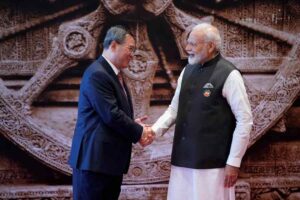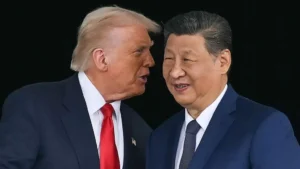Italian Prime Minister Giorgia Meloni’s trip to China in late July 2024, along with a forthcoming visit by President Sergio Mattarella, could signal a potential reset for Chinese–Italian relations following Italy’s decision to exit the Belt and Road Initiative (BRI) in 2023.
Meloni’s visit does not set Italy apart from other European Union countries. Almost all European leaders have visited Beijing since China reopened its borders after the COVID-19 pandemic, often with similar objectives. But her delayed visit likely stems from the need to develop a post-BRI strategy toward China.
Italy’s decision to exit the BRI was perhaps less surprising than its initial entry. When Italy joined the BRI in 2019, it marked a diplomatic victory for China, as Italy became the first G7 country and the first founding member of the European Union to endorse the initiative. But the benefits for Italy were unclear. The memorandum of understanding (MoU) Rome initially inked to join the BRI was largely symbolic, filled with general commitments to enhancing bilateral relations across various fields but lacking in specific, actionable goals.
The limited impact of the MoU was highlighted when, just after signing the agreement in Rome, Chinese President Xi Jinping flew to Paris to meet French President Emmanuel Macron, then-German chancellor Angela Merkel and then-European Commission president Jean-Claude Juncker. During these meetings, China signed economic agreements with French companies worth over €34 billion (US$37.5 billion) — more than three times the value of the agreements signed in Rome.
This demonstrated that China was doing more business with countries that hadn’t joined the BRI, while Italy faced criticism from the European Union and the United States for breaking what was perceived as a unified Western stance on the initiative.
Over the past four years, import and export between the two countries increased around 50 per cent but this is roughly in line with other European Union nations that did not join the BRI. As imports are much higher than exports, the Italian trade deficit also increased by 50 per cent. Chinese investments in Italy remain much lower than in Germany and France in a downward trend seen across the EU — albeit with some exceptions). This made it easier for the new Italian government, which is more aligned with the United States and its strategy of containing China, to opt out of renewing the MoU.
In doing so, Italy has attempted to maintain a low profile to avoid provoking China. While China was displeased with Italy’s decision, it has opted not to retaliate given its strained relations with the United States and slightly better but still tenuous ties with the European Union. It’s wise for China to preserve polite relations with countries like Italy along with Germany, which remains the most significant European partner due to trade volumes and its influence on EU decision making.
From this perspective, the new three-year action plan signed during Meloni’s visit could be seen as a fresh start, though it may share some of the weaknesses that plagued the BRI MoU. The action plan is supposed to be more pragmatic and business-focused, but many of its key areas — such as trade and bilateral investment — fall under the jurisdiction of the European Union or are heavily influenced by it.
One area of cooperation under the new action plan is the electric vehicle industry. Stellantis, a French automotive company with significant Italian ownership, recently launched a joint venture with Chinese electric vehicle producer Leapmotor International to sell electric vehicles in Europe. The Italian government and Dongfeng Motor Group are in advanced discussions to open a new electric vehicle production plant in Italy.
But the European Union recently imposed provisional countervailing duties on imports of battery electric vehicles from China, reflecting broader concerns about Chinese competition. More generally, increased cooperation in advanced industries must align with the European Union’s broader ‘de-risking’ strategy, which aims to reduce dependency on Chinese supply chains. Interpretations of this strategy vary across Europe.
While the BRI MoU did not significantly alter Chinese–Italy relations, the new agreement action plan is unlikely to bring about dramatic changes. The evolution of these bilateral relations will largely depend on the broader dynamics between the European Union, China and the United States.
Bilateral relations between Italy and China are back on track, but it’s a different track — one that is increasingly shaped by the broader geopolitical landscape. For Italy, the best strategy moving forward is to enhance its influence within the European Union, particularly in Brussels, where much of the decision-making that will shape these relations takes place.



